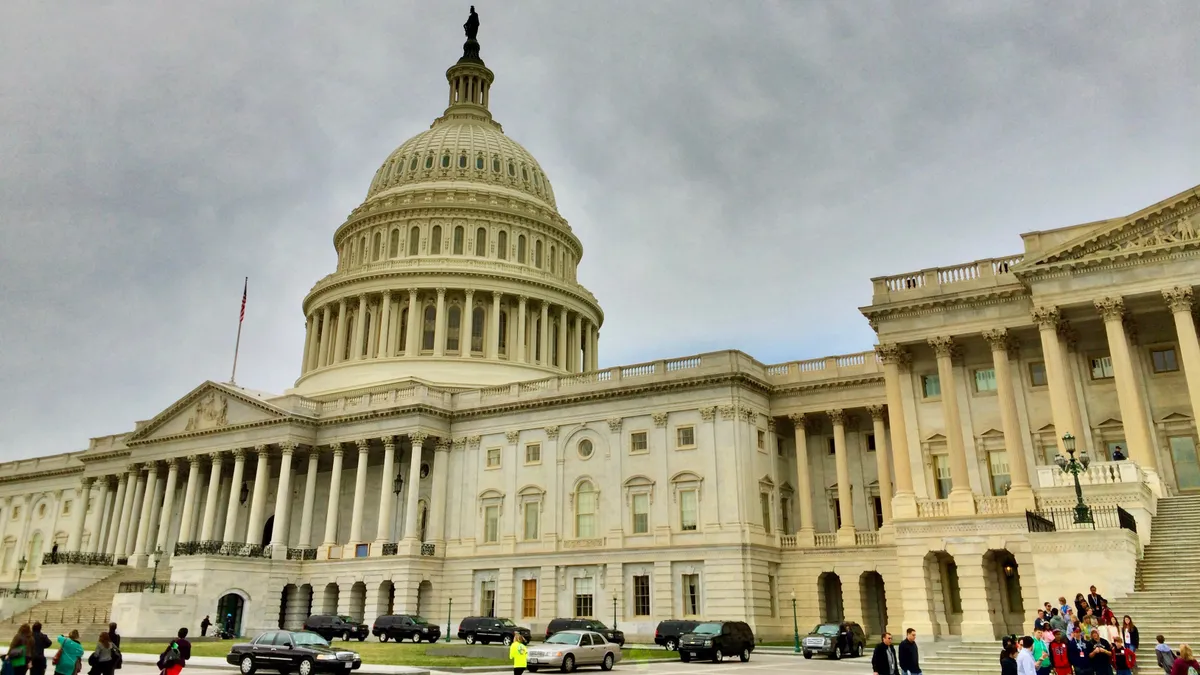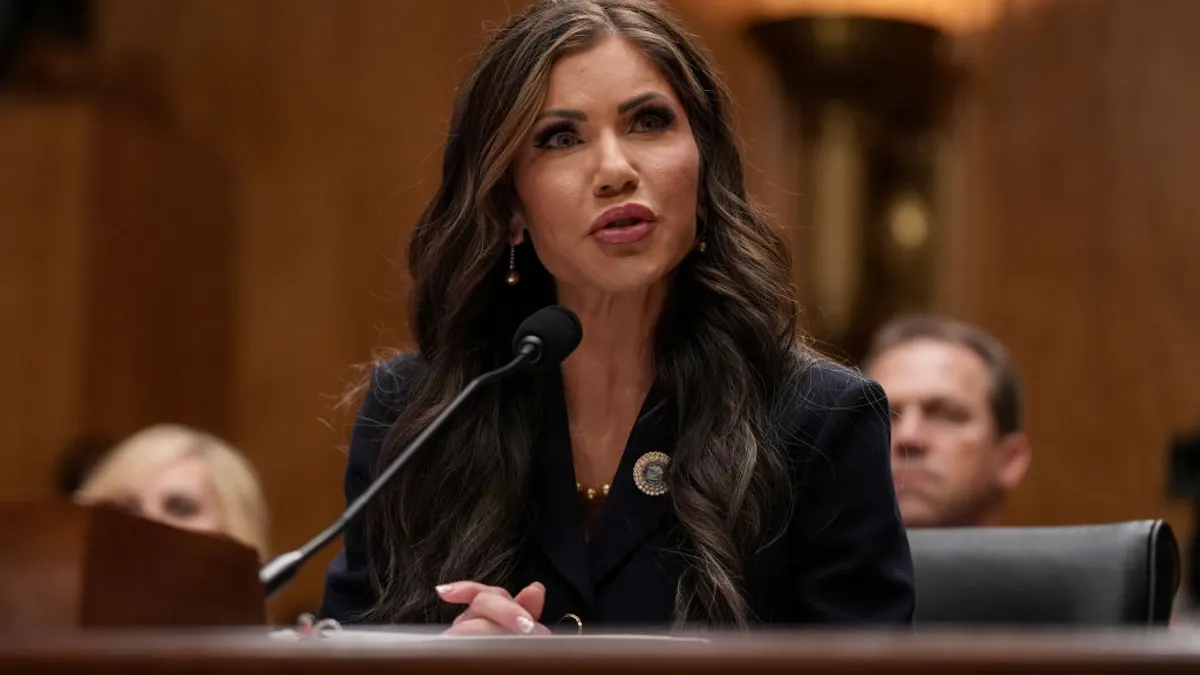2020 saw significant paid leave legislation passed in the U.S., perhaps most notably the Families First Coronavirus Response Act. Even as the law's mandatory provisions ended with the close of the year, the subject continues to attract the interest of federal, state and local lawmakers.
Now that congressional Democrats constitute a majority in the House and Senate, "we think we're likely to see success in paid family leave proposals that aren't directly related to COVID," Sheri Pullen, senior compliance manager at absence management software firm ReedGroup, said during the 2021 DMEC Virtual Compliance Conference March 3.
A number of proposals have been put forward in recent years, but Pullen said a new bill could include 12-week paid leave entitlement that replaces up to 66% of monthly wages up to a capped amount, "likely" including a combination of employee and employer payroll contributions that covers leave taken for reasons such as illness or a need to care for a family member.
Regardless of which federal proposal ends up passing, if any, employers should "not lose sight" of their incentive to provide paid family and medical leave under the Fischer tax credit, which was extended for five years through the end of 2025 by the Consolidated Appropriations Act of 2021, said Carla O'Sullivan, also a senior compliance manager at ReedGroup.
Additionally, employers continue to face a patchwork of state and local paid leave laws, and 2021 has already seen multiple jurisdictions introduce new legislation on this front, Jonathan Kemp, associate director, product management at Sun Life Financial, said at a separate session.
But even those state and local proposals that have the support of constituents and lawmakers face barriers to becoming law, O'Sullivan said; "I'm afraid this is another casualty of the pandemic." That's because states are putting scarce resources toward pandemic relief. "Unfortunately, there's not a lot leftover to help get paid family and medical leave any serious traction at the state level — not right now, anyway."
Employers may be able to pick out some high-level trends and similarities between various state and local paid leave programs, "but when you dive into the compliance details in any one state, you find out very quickly that the details themselves are maddeningly different between states," Kemp said.
One notable trend among various state laws is that some are making efforts to expand the definition of "family member" to include domestic partners, siblings, grandchildren and grandparents, said O'Sullivan. For example, California recently expanded this definition to include domestic partners and adult children, among others.
There are other "hallmarks" of many paid family and medical leave laws, said Marjory Roberston, associate vice president and senior counsel at Sun Life Financial, including the combination of job protection and income replacement for those taking leave; eligibility based on the presence of a "serious health condition"; limited medical certification; and permission to take leave intermittently.
"You would think that a certain type of law would emerge … but that is not what is happening," Robertson said.
That is only a sampling of the full list of variable factors presented by Kemp and Robertson. Some proposals address and expressly cover an employee's leave taken after employment has been terminated, and others do not. Waiting periods vary from one waiting period per year to a waiting period for each claim to no such period at all. Some states offer higher payments to lower income employees while others offer the same percentage of payment for all employees.
One interesting "metamorphosis" has been the willingness of states to shift from state-run leave programs to private plans, Robertson said. Some are also soliciting bids from insurers that can run state leave programs.
Kemp and Robertson also noted a few "weird" examples, or laws that stand out in part due to leave bucket size. Washington, D.C., for example, grants eight weeks of paid leave to bond with a new child and six weeks to care for a family member with a serious health condition — but only two weeks to care for an employee's own serious health condition, Robertson said. The leave is also not job-protected, which differs from other state laws.
Keeping track of all these elements is "really challenging" for multi-state employers, especially because many paid family and medical leave laws apply even if the employer has only one worker in a given jurisdiction, Robertson said; "You don't necessarily need to be a giant employer to be impacted by this in this day and age where teleworking is more common."
Employers may be interested in the prospect of a federal solution that could help ease compliance obligations, but it is still not clear whether a federal law would preempt state and local laws, Robertson said. Meanwhile, the list of new paid leave proposals at the latter level "is only growing longer," Kemp said.






















